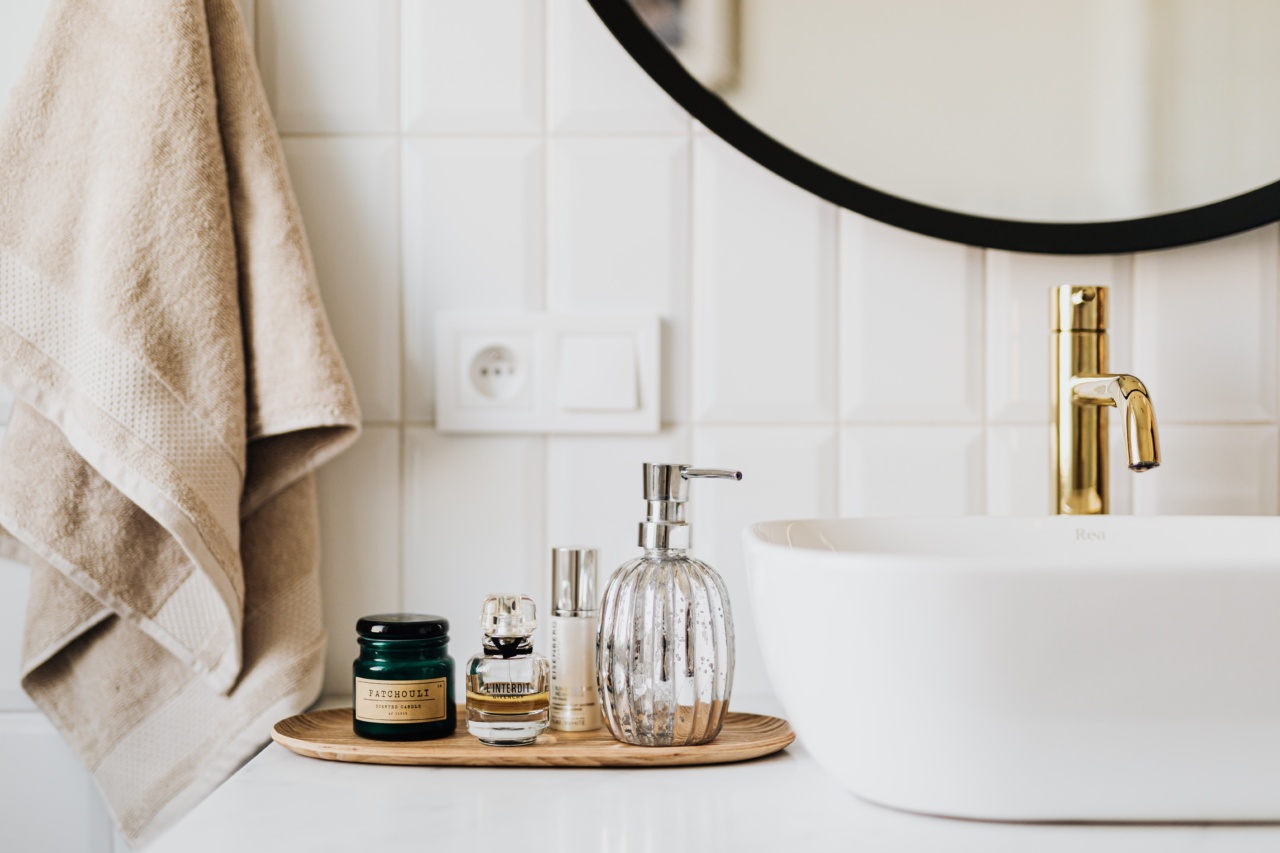High blood pressure, also known as hypertension, is a common health condition that affects millions of people around the world. If left untreated, it can lead to serious health complications such as heart disease and stroke.
While medication may be necessary in some cases, making simple lifestyle changes can also help lower blood pressure. Here are six easy and effective changes you can incorporate into your daily routine to maintain a healthy blood pressure level:.
1. Adopt a Healthy Diet
The food you eat plays a significant role in your overall health, including your blood pressure. To lower your blood pressure, focus on a diet rich in fruits, vegetables, whole grains, lean proteins, and low-fat dairy products.
Reduce your intake of sodium, processed foods, saturated fats, and sugary beverages as they can contribute to high blood pressure. Incorporate more potassium-rich foods like bananas, avocados, and leafy greens, as potassium helps to counterbalance the effects of sodium.
2. Maintain a Healthy Weight
Excess weight contributes to high blood pressure, so it’s essential to maintain a healthy weight range. Even losing a few pounds can make a significant difference in your blood pressure readings.
Combine a balanced diet with regular physical activity to shed excess weight and keep your blood pressure in check. Aim for at least 150 minutes of moderate-intensity exercise or 75 minutes of vigorous-intensity exercise each week.
3. Engage in Regular Physical Activity
Regular exercise is not only beneficial for weight management but also plays a vital role in lowering blood pressure. Engage in activities that get your heart rate up, such as brisk walking, jogging, cycling, or swimming.
Start with shorter durations and gradually increase the intensity and duration of your workouts. Remember to consult with your doctor before starting any exercise regimen, especially if you have any underlying health conditions.
4. Limit Alcohol Intake
While moderate alcohol consumption may have some health benefits, excessive drinking can raise your blood pressure. If you choose to drink alcohol, do so in moderation.
Men should limit themselves to two drinks per day, while women should stick to one drink per day. Consuming more than this can lead to hypertension and other health issues. If you find it challenging to control your alcohol intake, seek professional help.
5. Quit Smoking
Smoking is not only detrimental to your lungs but also raises your blood pressure. The chemicals in tobacco smoke can damage your blood vessels and make them narrower, increasing the resistance to blood flow.
Quitting smoking can have immediate and long-term benefits for your blood pressure and overall health. Seek support from healthcare professionals, use nicotine replacement therapies, or join support groups to enhance your chances of successfully quitting.
6. Manage Stress Levels
Chronic stress can temporarily elevate your blood pressure, and if not managed properly, it can contribute to long-term hypertension.
Find healthy ways to cope with stress, such as practicing yoga, meditation, deep breathing exercises, or engaging in hobbies that bring you joy. Getting enough quality sleep is also crucial for stress management. If stress becomes overwhelming, consider seeking professional help from therapists or counselors.
By incorporating these simple lifestyle changes into your daily routine, you can effectively lower your blood pressure and reduce the risk of developing hypertension-related complications.
However, it’s important to note that these changes are not a substitute for medical advice, and you should consult with your healthcare provider before making any significant modifications to your lifestyle or starting any new exercise or diet regime.






























